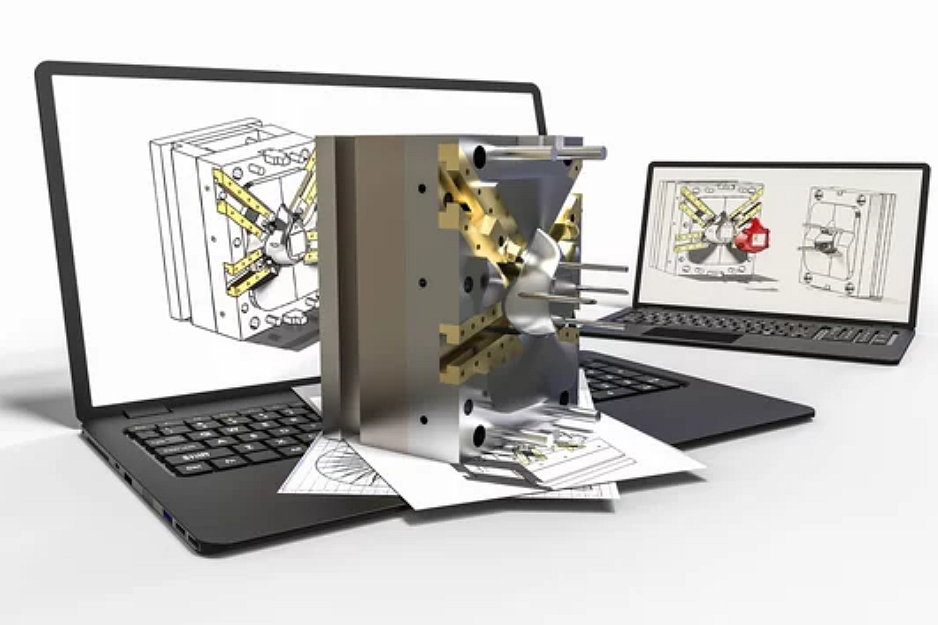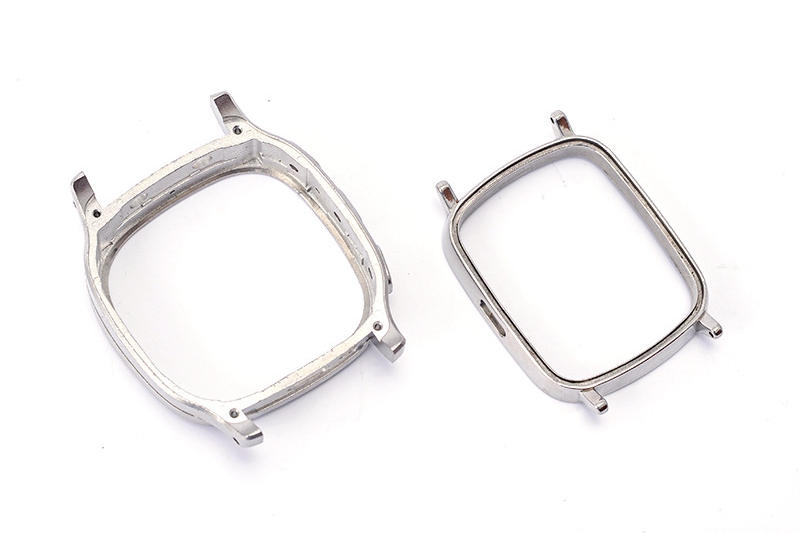Application CIM/MIM In Metal/Ceramic Watch Accessories Manufacturing
In fashion and luxury, watch accessories are not just timekeeping instruments but also pivotal personal adornment and style elements. These accessories—ranging from elegant bezels and sophisticated dials to durable clasps and bands—play a crucial role in defining the aesthetic and value of a timepiece. As consumers increasingly seek out unique and high-quality products, the demand for innovative manufacturing techniques that deliver precision, durability, and beauty has never been higher.
Enter Ceramic Injection Molding (CIM) and Metal Injection Molding (MIM), two revolutionary manufacturing methods that have transformed the production of metal and ceramic watch accessories. These advanced technologies offer unparalleled design flexibility, material efficiency, and production scalability, making them indispensable tools in creating luxury watch components.
MIM and CIM combine the structural complexity of plastic injection molding with the excellent properties of metal and ceramic materials that mold metal and ceramic materials into precise, complex shapes with minimal waste, offering a sustainable and cost-effective solution for high-volume production. These methods enable the production of components with intricate designs and tight tolerances and enhance the material properties, resulting in aesthetically pleasing and exceptionally durable accessories.
Understanding CIM and MIM
Definition and Process Overview
Ceramic Injection Molding (CIM) and Metal Injection Molding (MIM) are advanced manufacturing processes that combine the versatility of plastic injection molding with the strength and integrity of metal and ceramic materials. Both methods involve mixing metallic or ceramic powders with a binder to create a feedstock, which is then heated and injected into a mold under high pressure. After cooling, the part undergoes a debinding process to remove the binder, followed by sintering, where it is heated to just below the material's melting point to fuse the particles into a dense, solid object.
The critical difference between CIM and MIM lies in the materials used. CIM utilizes Ceramic Powder, such as Alimina (Al2O3), Zirconia (ZrO2), and Silicon Carbide (SiC), offering exceptional hardness, chemical resistance, and thermal properties. Conversely, MIM employs metal powders, including Stainless Steel, Titanium Alloy, and Cobalt Alloys, known for their strength, ductility, and corrosion resistance. Despite these differences, both processes share similarities in their ability to produce parts with complex geometries, excellent surface finishes, and high precision.
Watch Accessories Materials Used
The choice of material plays a significant role in the performance and appeal of watch accessories. Due to their outstanding properties, 316L Stainless Steel and Zirconia (ZrO2) are among the most popular choices for CIM/MIM processes.
MIM 316L Stainless Steel is renowned for its corrosion resistance, making it ideal for watch parts exposed to moisture and skin oils. Its strength and durability ensure long-lasting performance, while its ability to be polished to a high shine adds to the aesthetic appeal of watch accessories.
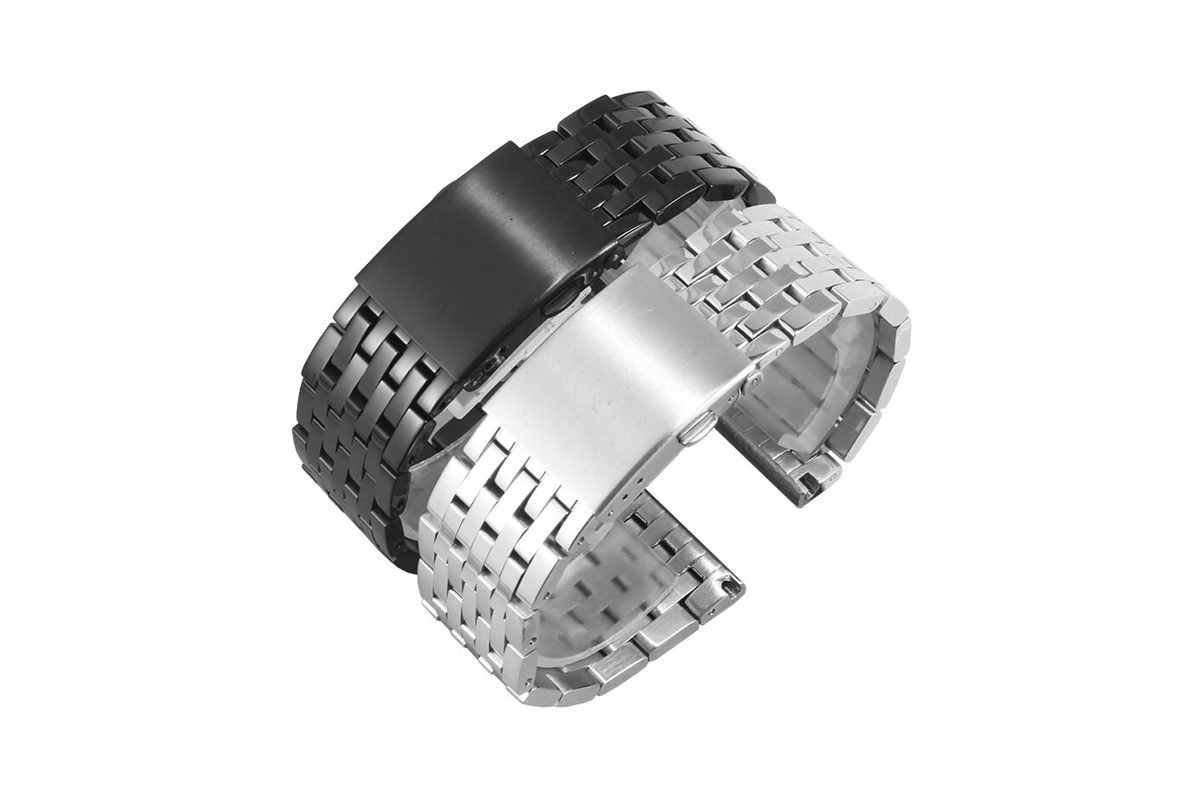
On the other hand, Zirconia (ZrO2) Ceramic offers exceptional hardness and scratch resistance, surpassing even that of stainless steel. It is also lightweight, hypoallergenic, and has a smooth, warm touch that is comfortable against the skin. These properties make Zirconia (ZrO2) ceramic an excellent choice for watch bezels, dials, and other components that benefit from a combination of durability and a premium look.
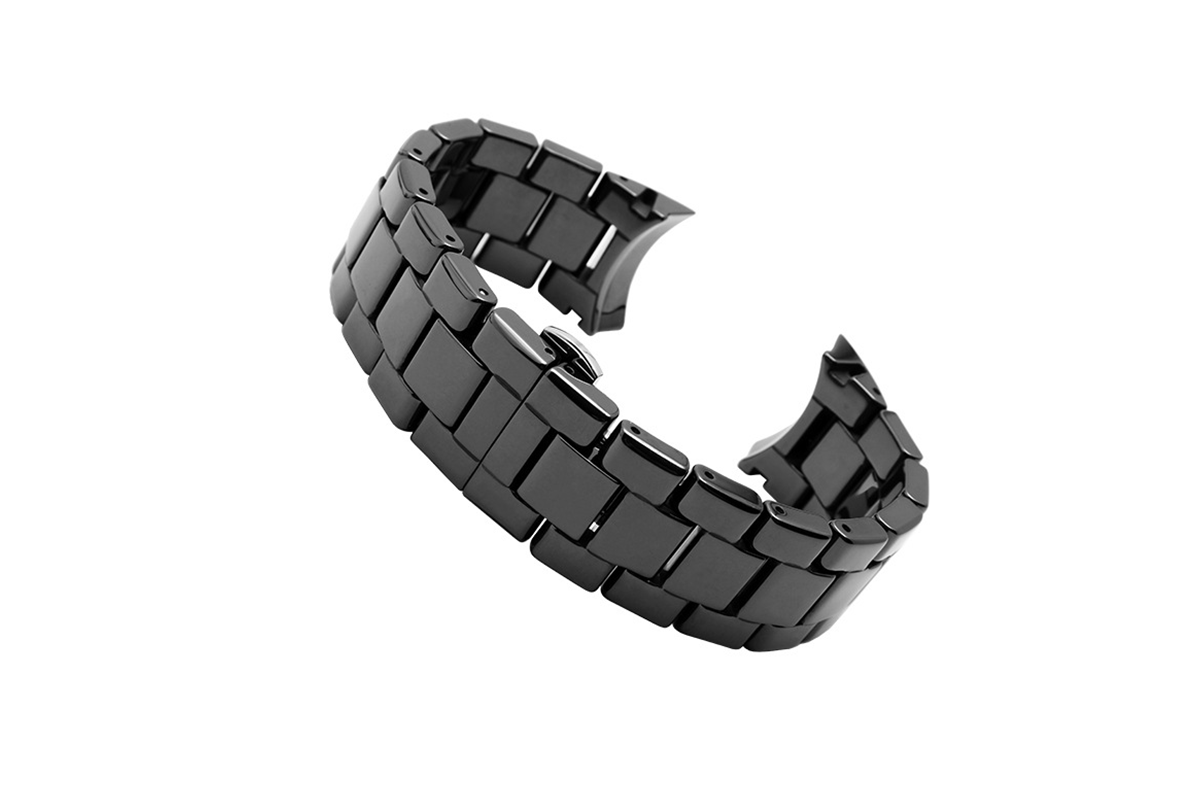
The advantages of using 316L Stainless Steel and Zirconia (ZrO2) Ceramic in watch accessories extend beyond their physical and mechanical properties. These materials contribute to the overall value of the timepiece, enhancing its durability, functionality, and aesthetic appeal. Through the use of CIM and MIM, manufacturers can fully leverage the benefits of these materials, creating watch accessories that meet the highest standards of quality and design.
Advantages of CIM/MIM in Watch Accessories Manufacturing
Precision and Complexity
One of the standout benefits of CIM/MIM technology in manufacturing watch accessories is the unparalleled precision and ability to produce complex shapes. These processes can achieve tolerances as tight as ±0.3%, which is crucial for the intricate components of luxury watches where every micron matters. This high level of precision ensures that each part fits perfectly, contributing to the overall functionality and aesthetic of the watch. Moreover, CIM/MIM allows for creating designs that would be difficult or impossible to achieve with traditional manufacturing methods, such as undercuts, hollow sections, and fine details, thus opening up new realms of design possibilities.
Efficiency and Scalability
CIM/MIM technologies significantly outperform traditional manufacturing methods regarding efficiency and scalability. The ability to produce complex parts in a single step reduces production time and labor costs. Furthermore, these processes are highly scalable and can efficiently manage small batches for exclusive luxury models and large volumes for mass-market watches without compromising quality. This adaptability ensures that manufacturers respond quickly to market demands and trends, making CIM/MIM an ideal choice for the dynamic watch industry.
Surface Treatment Properties
CIM/MIM parts have exceptional surface treatment options, enhancing watch accessories' visual and tactile qualities. The polishing properties of parts produced through these methods are superior, allowing for a high-quality finish that appeals to luxury watch buyers. Additionally, various exterior colors can be achieved, enabling designers to meet diverse consumer preferences. Through Physical Vapor Deposition (PVD) processes, MIM watch parts can be colored in various hues, including gun color, white, blue, green, pink, and rose gold. CIM parts also offer a palette of colors, further expanding the customization options for watch manufacturers.
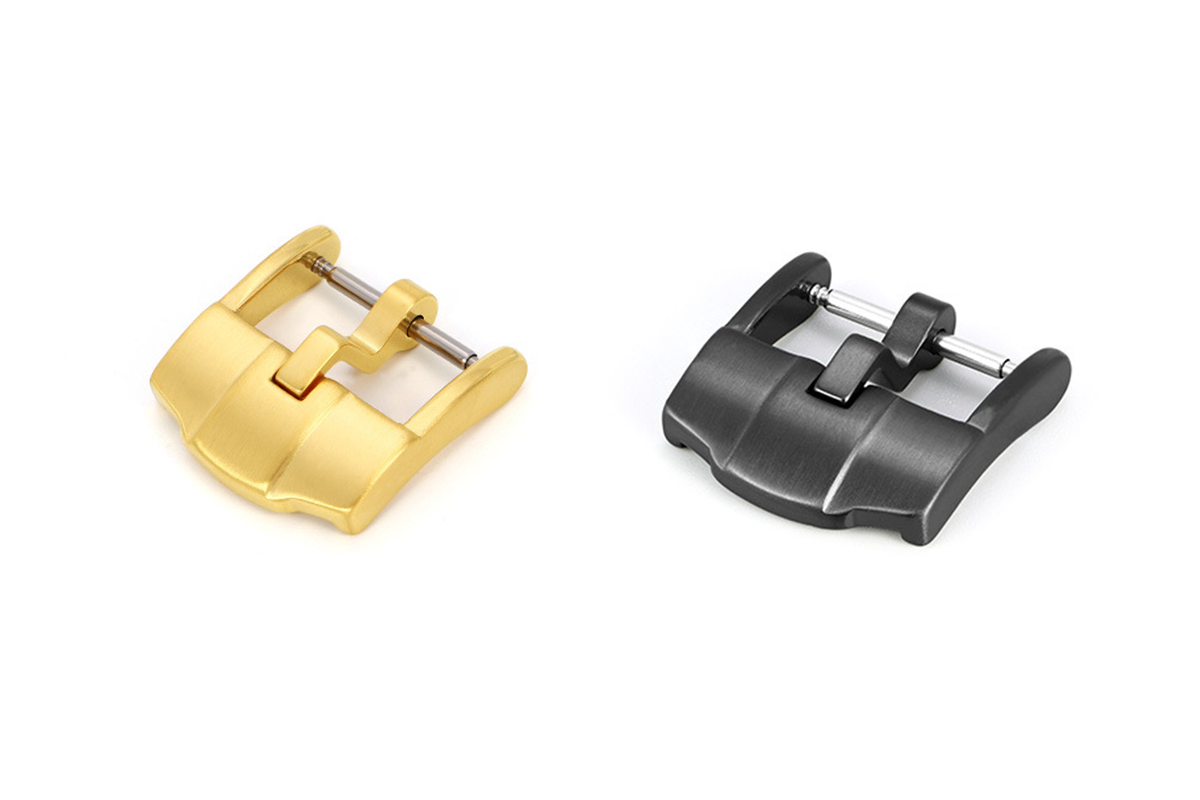
Cost-Effectiveness
Despite the higher initial investment required for CIM/MIM compared to some traditional manufacturing processes, the cost-effectiveness of these methods becomes evident in the long run. Savings are achieved through reduced material waste, as CIM/MIM utilizes almost 100% of the material and can produce near-net-shape parts that require minimal post-processing. Additionally, the efficiency and speed of CIM/MIM processes lower overall production costs, making producing high-quality watch accessories at competitive prices economically viable.
Quality and Durability
The materials used in CIM/MIM, combined with the precision of the manufacturing process, result in watch accessories that are not only aesthetically pleasing but also exceptionally durable. The sintering process used in CIM/MIM enhances the mechanical properties of the parts, making them resistant to wear and tear, corrosion, and deformation. It means watch accessories manufactured using CIM/MIM techniques maintain functionality and appearance over time, even under harsh conditions. Case studies have shown that watches featuring CIM/MIM components often exhibit superior finish and structural integrity, contributing to the longevity and value of the timepiece.
Applications in Watch Accessories Manufacturing
The versatility and precision of CIM/MIM technologies have opened up many possibilities for watch accessory manufacturing. These processes are particularly suited for producing components like bezels, dials, clasps, and bands, each benefiting from the unique advantages that CIM/MIM offers.
Case Studies and Examples
Bezels: Using MIM, manufacturers can create durable stainless steel bezels that feature intricate designs, such as textured finishes or integrated numerical indicators. CIM allows for producing ceramic bezels in various colors without sacrificing hardness or scratch resistance, enhancing the watch's aesthetic appeal and functionality.
Dials: The complexity achievable with CIM/MIM technologies enables the creation of dials with detailed patterns, multiple levels, and integrated luminescent materials. These capabilities allow for customization and precision in design, which is highly valued in the luxury watch market.
Clasps and Bands: Clasps and bands benefit from the strength and wear resistance of materials used in MIM, such as 316L stainless steel, ensuring longevity and maintaining appearance over time. CIM offers the opportunity to produce lightweight, hypoallergenic ceramic bands in various colors, providing comfort and style.
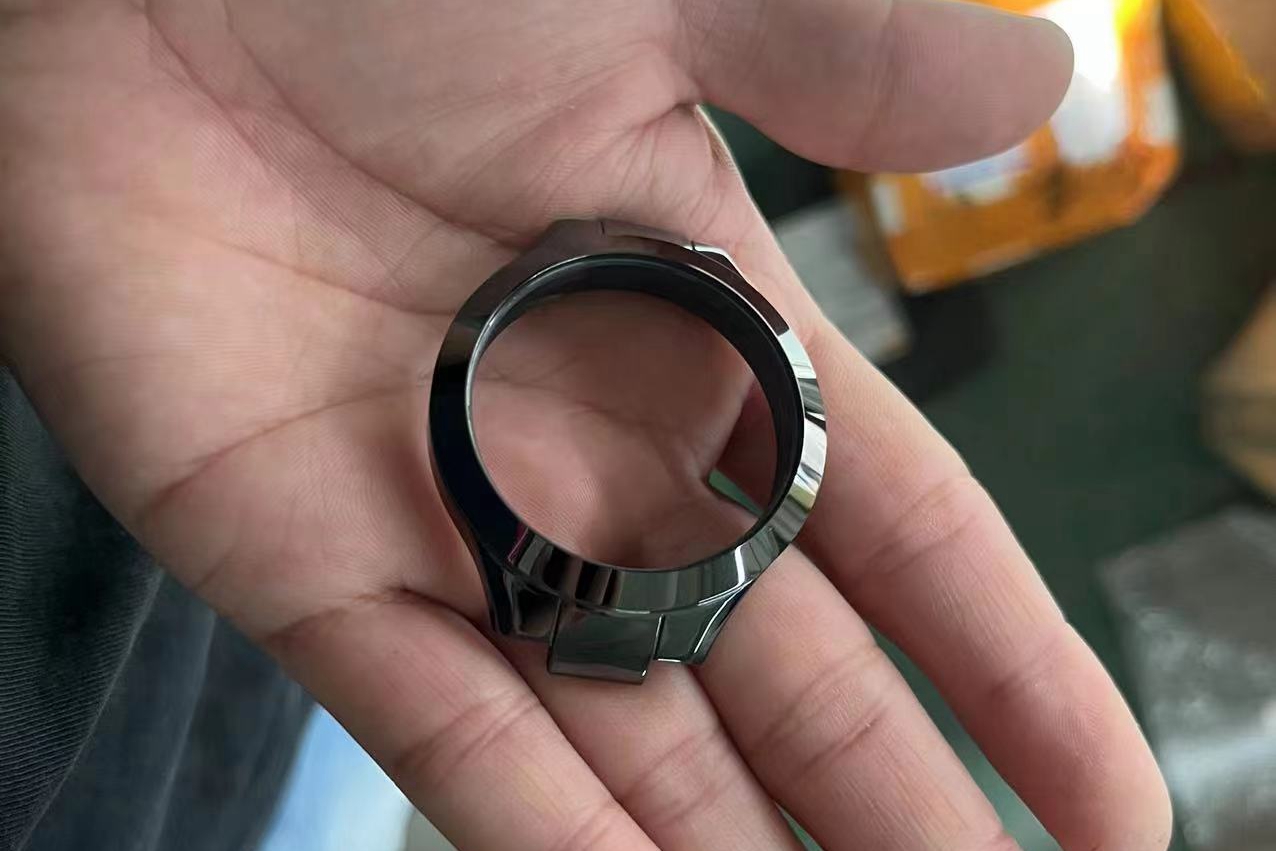
Comparative Analysis
When comparing watch accessories made with traditional methods versus those produced using CIM/MIM, several vital advantages become apparent:
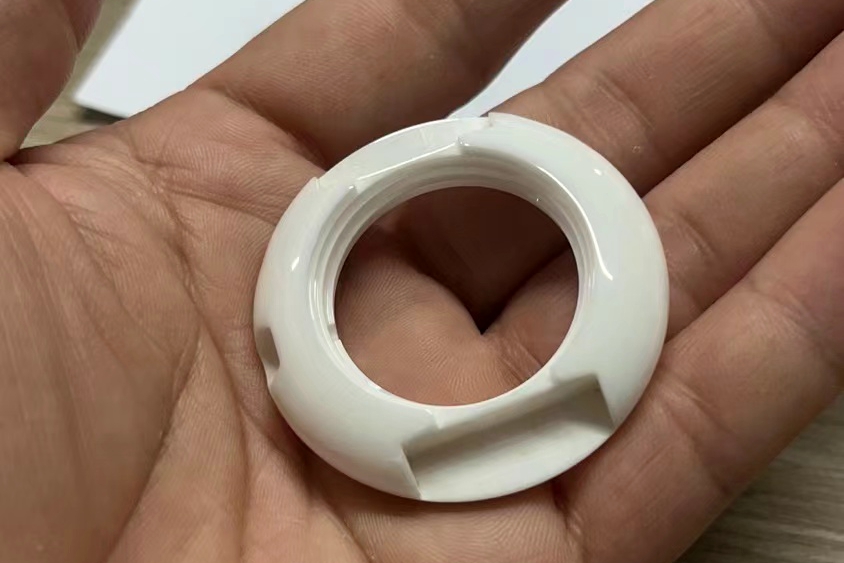
Aesthetics: CIM/MIM technologies facilitate the production of parts with superior finishes and intricate designs, enhancing the visual appeal of the watch accessories. The wide range of colors achievable through CIM and the high-quality surface finishes possible with MIM contribute significantly to the aesthetic value of the final product.
Wear Resistance: The materials and manufacturing process used in CIM/MIM result in accessories that exhibit excellent wear resistance. It means the components are less likely to scratch, dent, or corrode over time, maintaining their beauty and functionality longer than those produced by conventional means.
Manufacturing Cost and Precision: While the initial setup cost for CIM/MIM might be higher, the overall manufacturing costs are often lower due to reduced material waste and the efficiency of the production process. Additionally, the precision afforded by CIM/MIM ensures that each part meets strict tolerances, reducing the need for extensive post-processing and fitting, which can drive up costs in traditional manufacturing.
The comparative analysis of traditional manufacturing methods versus CIM/MIM illustrates the significant benefits these advanced processes bring. Not only do they allow for the creation of watch accessories that are more aesthetically pleasing and durable, but they also offer cost efficiencies and design flexibilities that are crucial for staying competitive in the luxury watch market.
Market Adoption
The adoption of Ceramic Injection Molding (CIM) and Metal Injection Molding (MIM) technologies in the watch accessories industry has been growing steadily, driven by the demand for high-quality, innovative, and aesthetically pleasing products. As manufacturers and brands recognize the advantages of these processes, CIM/MIM has become more prevalent in the production of luxury and high-end watch accessories.
Statistics on Adoption Rate
Recent industry reports and surveys indicate a significant uptick in the use of CIM/MIM technologies among watch accessory manufacturers. While exact numbers vary, the consensus is that an increasing percentage of new watch models feature components made through these advanced molding techniques. This trend is not limited to luxury brands; mid-range watchmakers also incorporate CIM/MIM parts to enhance the value and appeal of their products.
Testimonials from Leading Watch Brands
Many prestigious watch brands have publicly endorsed CIM/MIM, sharing positive experiences and outcomes from integrating these technologies into their manufacturing processes. These testimonials often highlight the superior precision, design flexibility, and material properties that CIM/MIM offers, contributing to creating distinctive and durable watch accessories.
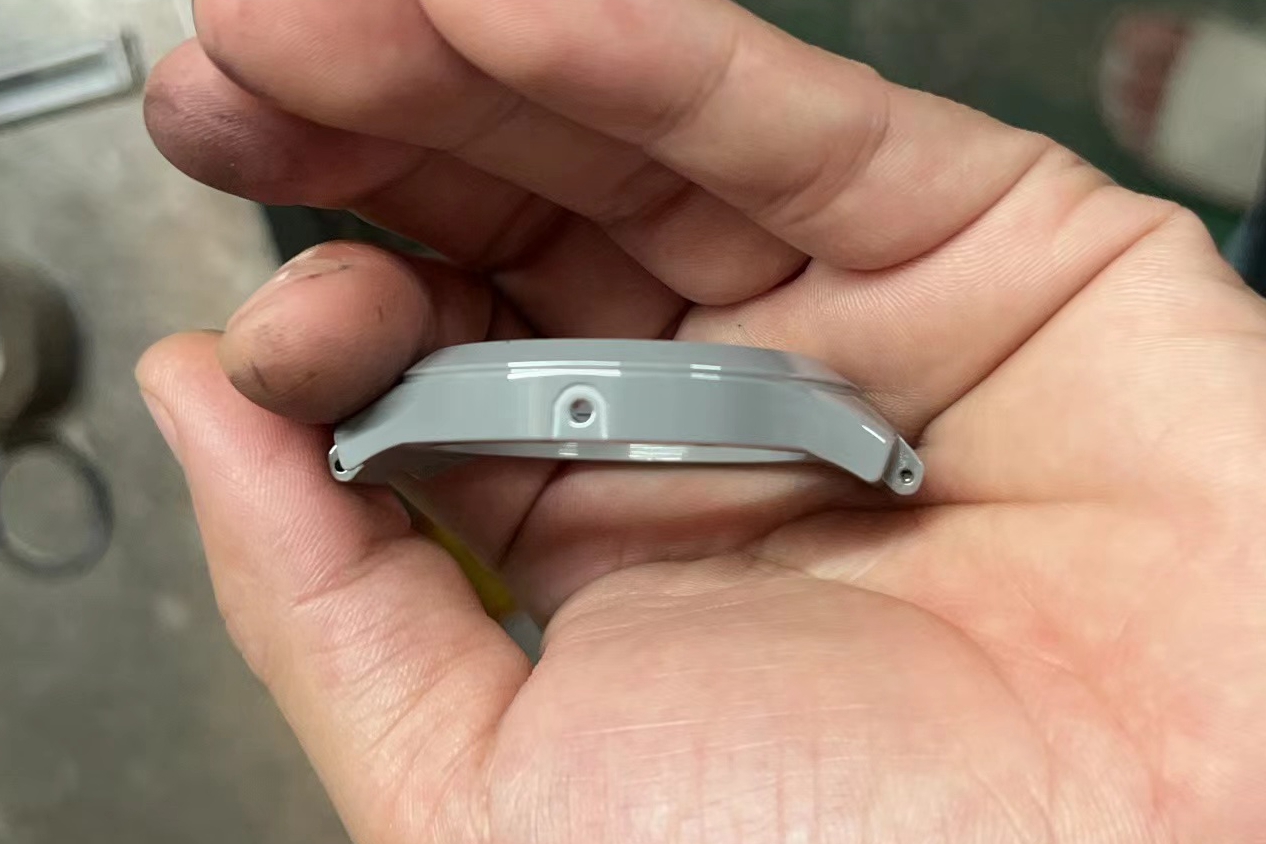
These endorsements from industry leaders validate the benefits of CIM/MIM and encourage other manufacturers to explore these technologies. As more brands adopt CIM/MIM, we expect a broader range of innovative and high-quality watch accessories entering the market, further driving consumer interest and industry growth.
Innovations and Technological Advancements
Ceramic Injection Molding (CIM) and Metal Injection Molding (MIM) constantly evolve, with ongoing research and development leading to significant innovations and technological advancements. These breakthroughs are set to enhance the capabilities of CIM/MIM further, offering new opportunities for the watch accessories manufacturing industry.
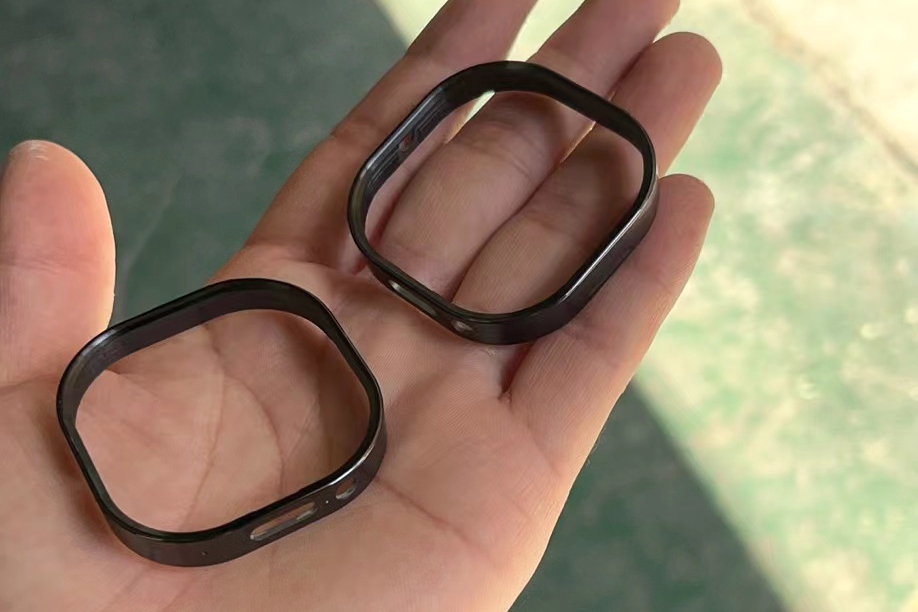
Preview of Upcoming Innovations
One of the most exciting areas of innovation in CIM/MIM technology is the development of new material formulations. These formulations are designed to enhance the properties of the final product, such as increased strength, improved wear resistance, or enhanced aesthetic qualities. For example, researchers are experimenting with nano-scale additives to metal and ceramic powders, aiming to produce watch components with unprecedented durability and precision.
Another noteworthy advancement is in the realm of process optimization. Cutting-edge software and machine learning algorithms refine the CIM/MIM processes, reducing defects and improving the parts' consistency. It not only boosts the efficiency of the manufacturing process but also ensures that each component meets the highest standards of quality.
Predictions for How CIM/MIM Will Shape the Future of Watch Accessories Manufacturing
As these innovations mature, we can anticipate several impacts on the watch accessories manufacturing industry. First, utilizing a broader range of materials and composites will enable designers to push the boundaries of creativity and functionality, introducing watch accessories that offer new features or achieve a unique aesthetic.
Second, process efficiency and precision improvements will lower production costs and reduce time-to-market for new designs. It could democratize access to high-quality watch components, allowing smaller brands and independent watchmakers to compete more effectively with established players.
Lastly, the environmental impact of watch manufacturing could be significantly reduced by adopting CIM/MIM technologies. The efficiency of these processes, combined with the potential for using recycled materials, aligns with the growing consumer demand for sustainable and ethically produced products.
Consultative Design Services
Neway Custom Metal Injection Molding Service provides free Consultative Design Services throughout the process. It includes all processes from your design stage to mass-produced finished products.
1. Material selection Consult
2. Structural design service
3. Mold design service
Contact us now if you are interested.
